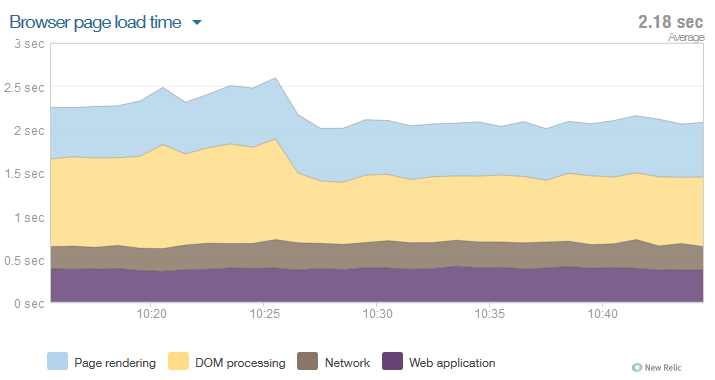Rewriting products … ways to go
At a point in time of your product it might turn out that the maintenance effort starts to increase, the people working with your product start asking questions like “Why does it take that long to achieve XYZ?”, the frontend / GUI doesn’t look that great anymore. Data points start to aggregate towards the obvious solution: Rewriting everything from scratch.
There are multiple posts out there in the community telling you why this is a really, really bad idea.
For me personally the biggest point not rewriting an existing product from scratch is the iceberg of undiscovered processes and dependencies. In a web company, the product actually forms the processes and hence forms the organization. It dictates how e-mail marketing should be done, how editors interact, how landing pages are optimized, how performance marketing is done, how accounting is done, and a lot more. So, in essence it’s the heart of your whole organization. You need to have good reasons to change this! Really good reasons!
This specific post on onstartups.com by Dan Milstein talks about “How To Survive a Ground-Up Rewrite Without Losing Your Sanity” which should be named “Why an Incremental Product Rewrite is superior to an Entire Rewrite”.
Why is the overall approach so tricky?
- The business value of the rewrite project needs to be crystal clear. The project is doomed to fail if business value is stated as generic promises to “speed up development”, “make developers happy”, “have a new, fancy front-end”, “reduce complexity” and so on.
Be precise!
Work with your product team to really nail down the core essence WHY you need to approach the rewrite project. Work out a tangible list of value propositions with clear benefits to the business. Only if you have them nailed down, start your project. - The whole project “incremental rewrite” and / or “entire rewrite” takes ages longer than anticipated.
Why this?- Data Migration turns out to be an enormous huge task because the meaning of your data is not 100% clear, it’s historically grown and code and data start melting together and create edge cases of meaning, the overall migration task is lot more complicated than anticipated.
- Scope of the product is given. In a green-field project you usually start with a minimum viable product (including features A+B+C+D). When launch date approaches you usually start with a fair portion of feature A.
In a rewrite project, the scope is determined by the existing product. Everybody expects the new product be superior to the old product. So, in essence you have to deliver A+B+C+D.
Biggest problem starting the rewrite project is that you simply don’t know all features … The ingredients for a long, long running project.
How could it be done?
- Work in increments. Ask yourself or your stakeholders after each increment “What were the business benefit of the project if I stopped it right now?”
Don’t work towards a big-bang release. Always be prepared to pivot from your original delivery plan. - Be prepared to stop at any time. During the project a lot of learning will be generated. The learning, however, might lead to decisions that force the project to either alter the direction by 180 degree – or even to stop it at all.
So, work in these increments providing most value to the business and be prepared to change steps in your plan. - Data Migration? Dual-Write-Layer. Always! Use a dual-write-layer in any cases when doing data migration. It allows for a fallback solution and prevents inconsistencies in your database. Furthermore, a rolling migration is possible after all – and it can take weeks instead of minutes. Nobody will realize that you’re migrating.
- Kellan Elliott-McCrea, CTO @etsy.com, recommends utilizing a concept named “Shrink Ray“:
“We have a pattern we call shrink ray. It’s a graph of how much the old system is still in place. Most of these run as cron jobs that grep the codebase for a key signature. Sometimes usage is from wire monitoring of a component. Sometimes there are leaderboards. There is always a party when it goes to zero. A big party.” - Engineer the migration scripts to excellence. The scripts need to be idempotent (re-run save) and should identify false data in the original data. If they do it proves that these scripts and the people working on them have really understood what they should be doing.








